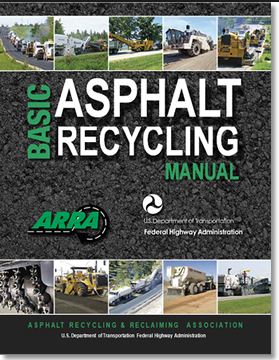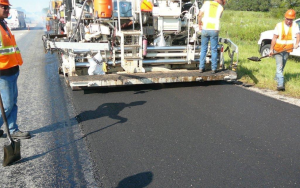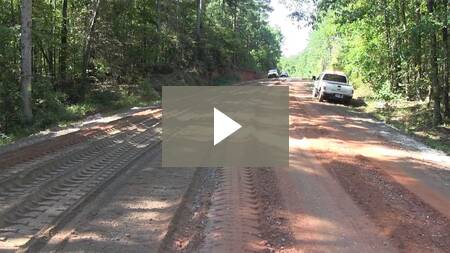Written By: John Green
The Hutchinson News
jgreen@hutchnews.com
A Georgia-based pavement management contractor currently doing assessment work in Wellington made a presentation to the Reno County Commission Tuesday on the benefits of having a pavement management system.
Reno County Public Works Director Dave McComb, who is interested in developing such a system for the county, invited Blair Barnhardt of The Barnhardt Group to the meeting.
There is no money in the current county budget to implement such a system, but McComb said he would like the commission to be prepared to make a decision on whether enter such a contract in advance of the 2017 budget.
The purpose and benefit of a pavement management system, Barnhardt explained, is identifying preservation work that can extend a road’s life, rather than rebuilding roads after they have deteriorated, which is a more cost effective use of public works dollars.
Barnhardt’s company takes core samples from identified roadways to determine their makeup, assesses existing conditions of the road surface and subsurface, and then identifies up to 20 “distressers” that are impacting the life and condition of the road.
He gets down on his hands and knees, for example, Barnhardt said, to measure the length, depth, and severity of cracks in the pavement.
From the data gathered on the roads, a software program then makes recommendations on which of various methods of preservation work would best extend the life of the road at the most economical cost.
Spending 2 to 3 cents per square yard on assessment, Barnhardt contended, can save $10 a square yard on maintenance. Once the management system is in place, he said, “using the right treatments in the right place at the right time” can stretch road dollars by at least twice as much. Moreover, the industry is developing new preservation methods all the time.
So, rather than spending $1 million per mile to replace a deteriorated road, the county might be able to spend the same amount on preserving 20-plus miles of road and, eventually, with saved dollars, replace that deteriorated road.
David Edwards, of GSI Engineering in Wichita, which has partnered with Barnhardt in assessing projects identified by the management system, joined Barnhardt at the meeting.
Edwards noted that using the system might require the commission to allow already deteriorating roadways, which are already resulting in complaint calls to the commission, to deteriorate further while they do work on roads that appear in good condition, which may be politically difficult.
“You save what you can save first, and do the really bad roads down the road,” he said.
The commission will be able to point to hard evidence from the system that the decisions are more economically efficient, he said.
McComb, already interested in pavement management, learned more at a recent “lunch and learn” event sponsored by The Barnhardt Group.
The county has a system in place to sand seal so many miles of road each year, and pave so many miles of arterial with a cold asphalt mix, McComb said. However, he was interested in seeing what could be done, for example, to preserve the work done on Yoder Road 10 years ago, rather than spending millions to mill and asphalt the road again in 5 years.
“How can we get the best bang for our buck?” he said.
McComb also expressed a desire to have a system in place for determining road project spending that will still be in place when he is gone.
Asked by Commissioner Brad Dillon how their fee would work, Barnhardt said it is based on a per-mile contract, but it could be spread over several years, done all at once for a discount, or on a not-to-exceed pro-rated basis.
Learn more about Blair Barnhardt and The Barnhardt Group at wwwdrivingamericaforbetterroads. Or get the #1 Best Seller, “The Book on Better Roads” for FREE at http://www.thebookonbetterroads.com
Call The Barnhardt Group to schedule your free consult with Blair that could SAVE YOUR AGENCY MILLIONS! 404-361-9792 or email lori@thebarnhardtgroup.com .










